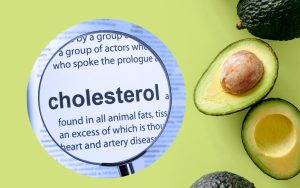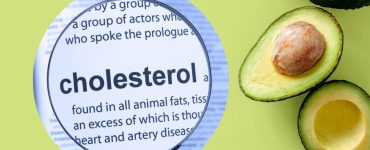The past five years have seen up to 600% growth in the production of Colombian avocados as Colombia starts to cash in on the boom of the avocado market in different parts of the world. More and more foreign agricultural industries are entering Colombia where they buy land, plant avocados, and mind the newest and hottest “green gold.”
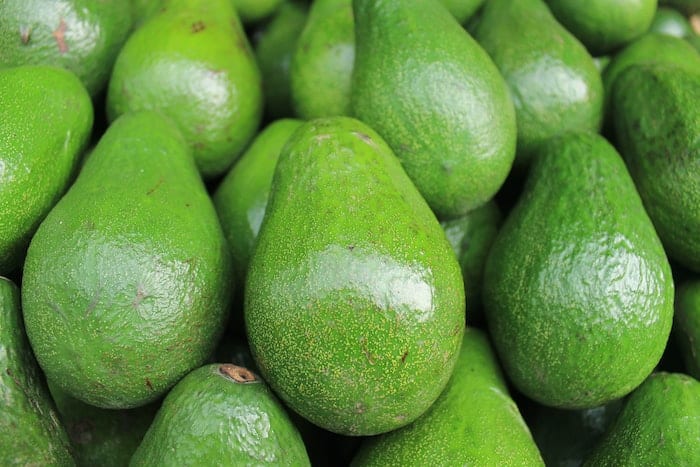
But if you have seen an avocado from the country, you might find yourself asking one question: why are Colombian avocados so big? It seems that the climate change in Colombia, while bad for their coffee crops, has become more favorable to avocado production, resulting in their large sizes.
Climate Change in Colombia Resulted in Better Avocados
The mining of green gold in Colombia is producing a cash crop that ranks second to coffee as well as illegal coca leaf production. It comes during a period when the land used for coffee cultivation has become smaller by up to 20% since the 90s as revealed by the Federation of Coffee Growers which represents 500,000 coffee farmers in Colombia.
Unfortunately, the country has been seeing drastic changes in temperatures since 2008, experiencing heavy rains and droughts. The production of coffee now varies by up to 40%, which depends on the weather.
A study revealed that climate change will lessen the suitability of the global area for coffee growth by up to 50%. Some experts even claim that Colombia already lost over 4% of its land for coffee cultivation because of climate change.
Just so you know, coffee trees are quite sensitive even to the smallest weather changes. With the continuous progress of global warming across the world, the sweet spot for growing coffee is starting to move further up to higher elevations in the mountains.
The coffee growers at lower elevations have ripped the under-performing coffee bushers, either turning the land into cattle pasture or cultivating more climate-resistant crops such as avocados.
Colombia is now switching gears to adapt to climate change. It cut down the production of coffee and started to plant profitable crops that are more resistant to climate change such as bananas, pineapples, coconuts, limes, and of course, avocado.
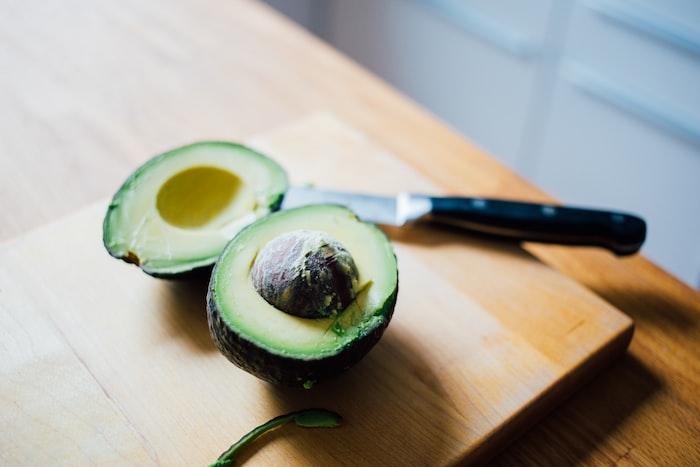
The boom in demand for avocados is changing the economies of large swathes of rural Colombia, mainly in the regions of Tolima, Valle del Cauca, Quindio, Caldas, and Antioquia. Coffee growers have started to plant avocado trees that have proven to bring in more profits than coffee, cattle, or bananas.
The climate in Colombia also allows the production of the crop all year round. Colombia Avocado Board revealed that the country has the perfect climate for cultivating avocados with consistent rainfall, plenty of water, and two seasons for growing. The first one is from the months of October through March, and the second one is from May to August. It makes avocados available throughout the year, regardless of the season.
Colombia is also located in the tropics wherein water is considered an abundant natural resource. It gives the country an edge over other areas that produce avocados such as Chile and California where water is getting more and more scarce by the day.
This abundance of water is probably one of the reasons why Colombian avocados are so big. Remember that the avocado tree is a very thirsty plant that needs 40 to 509 inches of rainfall annually or approximately 320 liters of water for every avocado fruit. This is more water than what coffee and banana trees need.
What are Colombian Avocados?
Colombian avocados are fruits that range from medium to large sizes, with an average length of 4 to 12 centimeters. These avocados have an elongated oval to pyriform shape that usually bears curved ends and a unique long neck.
The skin of Colombian avocados is very smooth, flexible, thin, and glossy, ranging in color from dark green-brown to green featuring several brown russet spots. Below the surface, the flesh of Colombian avocados is pale green-yellow in color, smooth, creamy, and lightly fibrous, encasing a big brown seed at the center.
Colombian avocados also have low oil content, with a denser consistency and a mild aniseed flavor with subtle nutty and sweet notes. Their variations in size, color, and flavors vary depending on the climate, region, and season where they are grown.
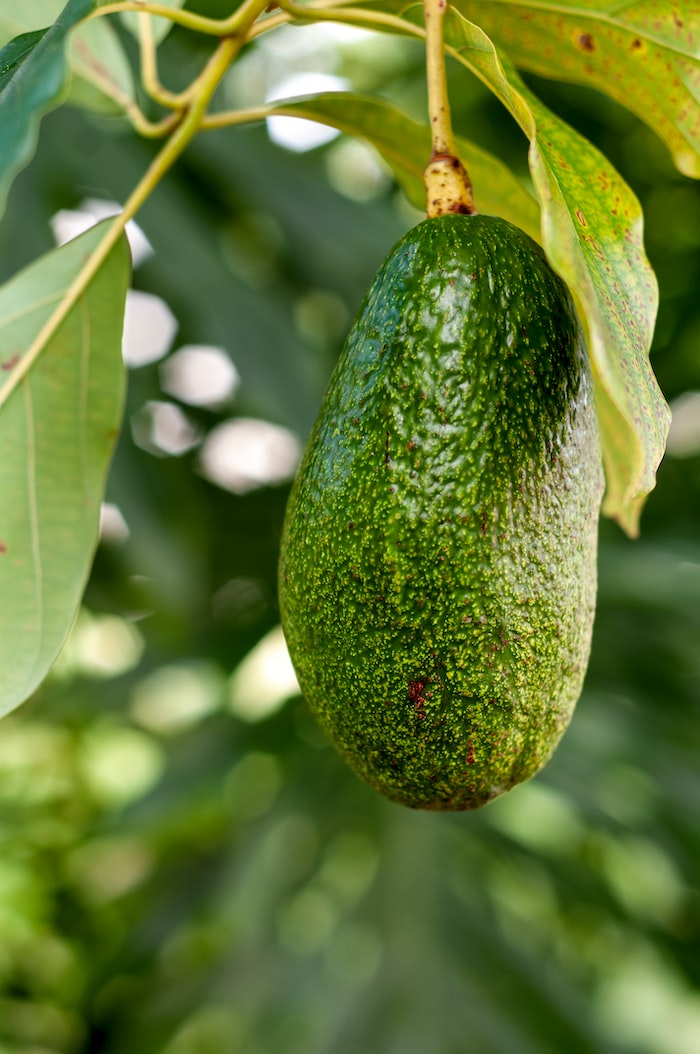
The native Colombian avocados, also referred to as green-skin avocados, are members of the Lauraceae family. These fruits are also called by other local names such as Uraba, Sanson, and Leche.
These native Colombian avocados are also more suitable for tropical climates. The large sizes of these avocados make them perfect for use in many traditional family dishes in Colombia. However, the thin skin of Colombian avocados also means that they tend to ripen too fast while bruising easily. It makes these avocados too delicate for shipment to distant markets.
The Hass avocado variety, on the other hand, has a bumpy and thick skin that turns dark purple and green once ripe. It also has a unique flavor and can even endure the shock of being shipped to different export markets. This is by far the most commercially preferred type of avocado across the world and is now starting to be seen in the Colombian markets in recent years.
Are Colombian Avocados Nutritious?
Colombian avocados are found to be excellent sources of fiber that can help stimulate the digestive tract. They are also rich in potassium which can help balance the fluid levels in the body as well as vitamin C which can help reduce inflammation and boost the immune system.
These avocados also contain magnesium which can help with the regulation of blood pressure. They also have vitamin A content that can maintain healthy organ functioning. Colombian avocados also have vitamin E which can protect cells from different external environmental aggressors.
The Bottom Line
The ideal environment and climate in the country are the reasons why Colombian avocados are so big. With their unique characteristics in terms of physical appearance and taste, it isn’t surprising that the demand for these avocados is also increasing by the day.



